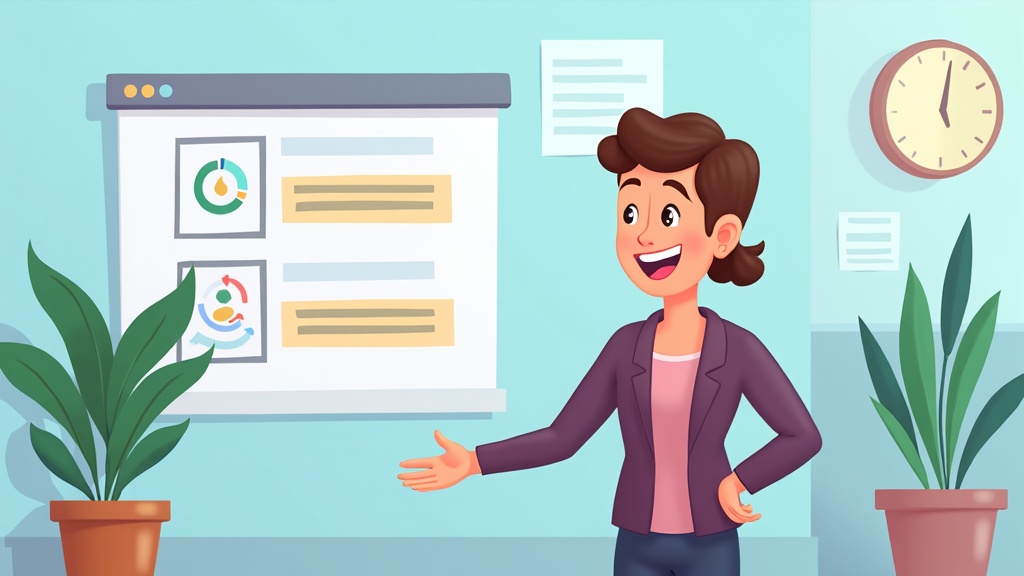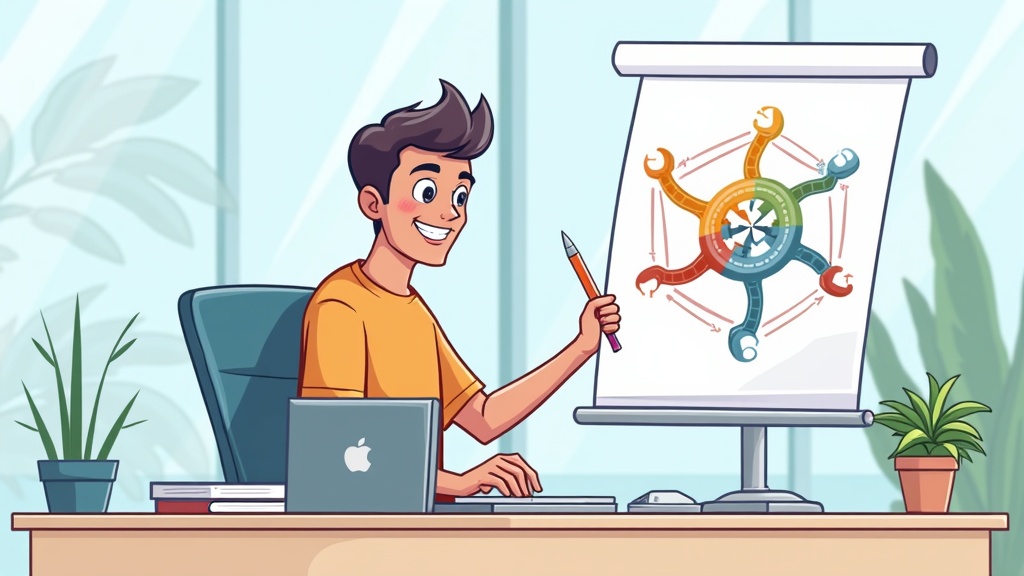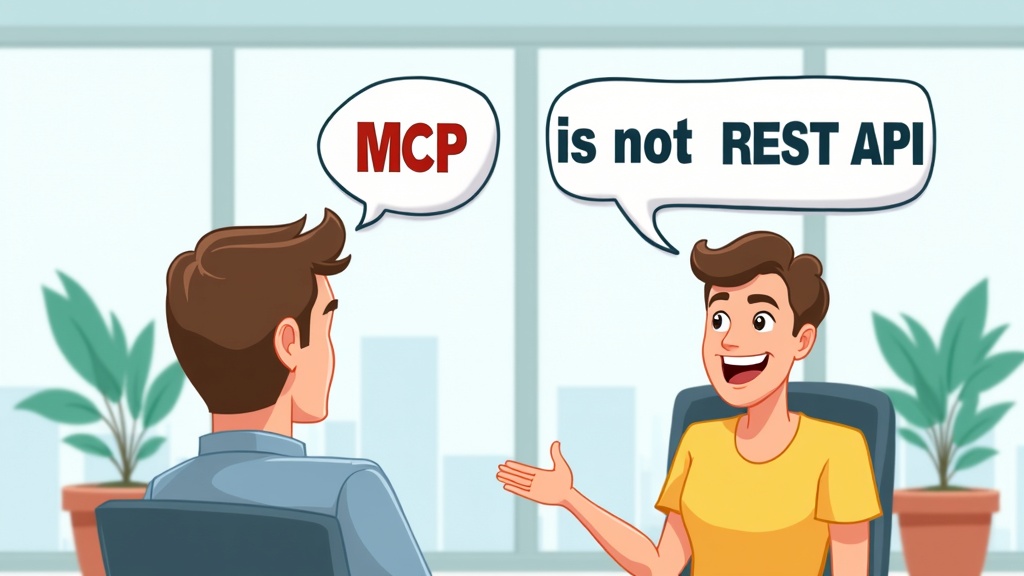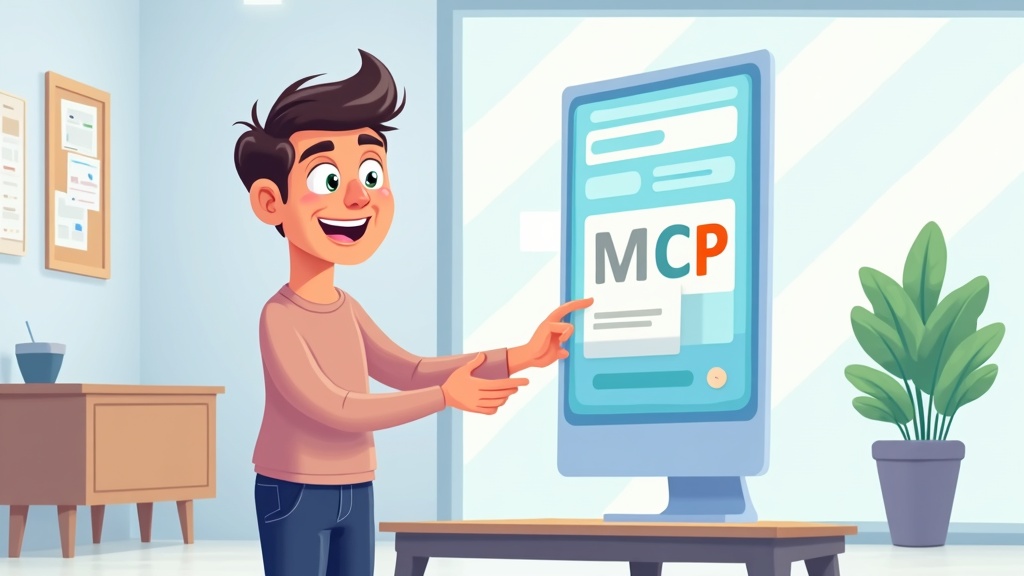MCP Tool Parameter Design: Teaching AI Agents Through Descriptions
When you're building MCP tools, there's a moment where you realize something counterintuitive: the description field isn't just documentation—it's instruction. Every parameter description you write is a teaching moment where the AI learns not just what a parameter is, but when to use it, why it matters, and how it impacts the operation.
This shift in thinking—from documenting to teaching—changes how you design tools. Let me show you what that looks like in practice.





